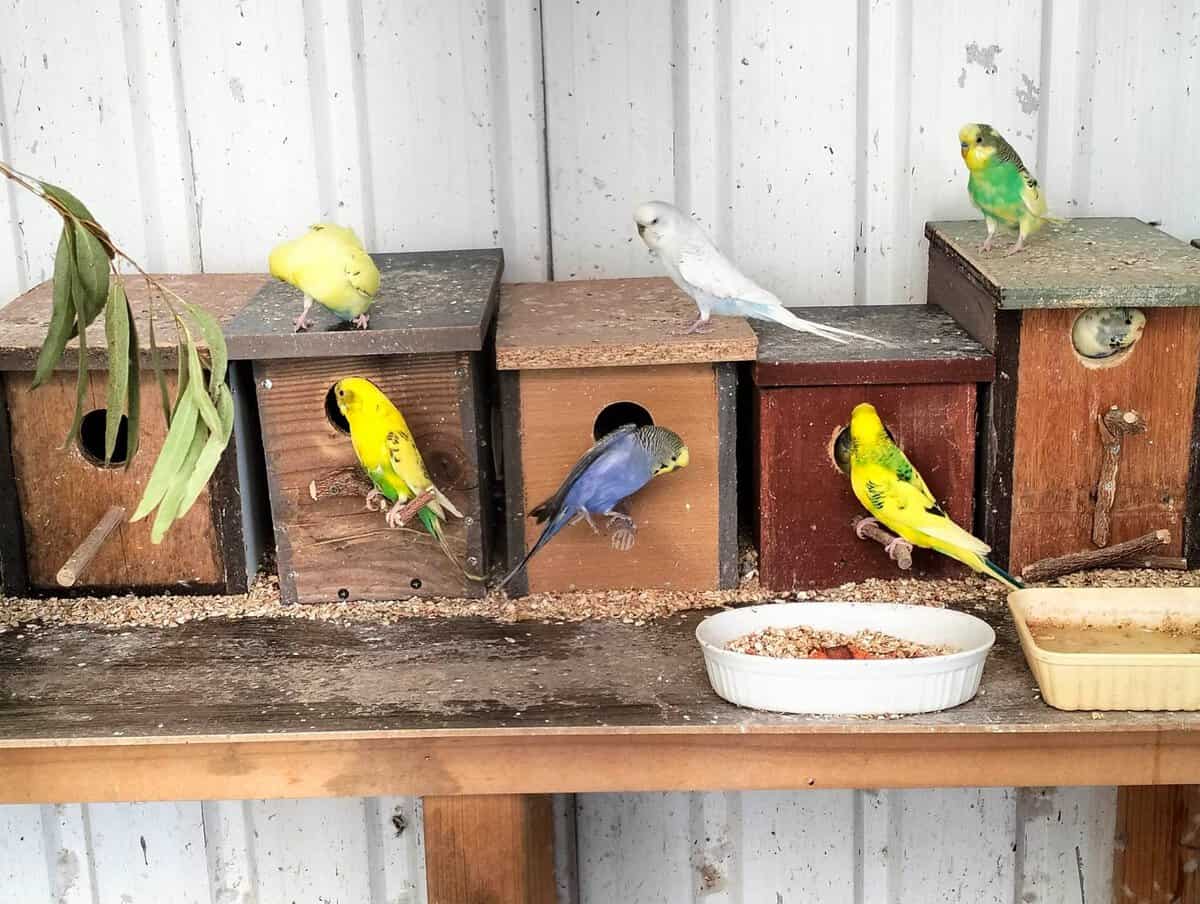The Budgerigar Council of South Australia has put together a guideline for pets with Budgies. They’re also known as parakeets or Budgerigars. Pet owners across the globe are in love with these tiny, chirpy pet budgies. The budgie is a small bird that has gained a reputation for being lovable, smart and sociable. It’s a distant second only to the adored cat and dog.
Before you bring this little animal into your home it’s crucial to comprehend their requirements and temperament. This guide will give you the essential information needed to lead a a healthy and happy life for both you and your beloved pet.

A social butterfly inside a tiny body
Budgies thrive in a community. In the wild, budgies are in large swarms of animals that are constantly chirping, engaging with one another. While a single budgie can have a strong bond with its human companion, particularly when they are given lots of attention and affection, they should always be accompanied by a feathered pet. If you’re not in a position to look after two birds, spend time with your single budgie.
Chatterboxes that have a Flair to mimic
The ability of pets to mimic sounds is what makes them so adorable. Budgies can learn phrases and words with perseverance and practice. This is a great layer of entertainment to the chirps, whistles and squeaks that they create. Their vocabulary development can differ in a wide range, with some animals becoming chatterboxes in the real sense, while others remain content with basic whistles. Whatever their speaking abilities the playful voice of theirs is guaranteed to bring a smile to your face.
Rainbow on Wings
Budgies come with a vast range of shades. They are as basic as light blue, yellow or green tones or more vibrant shades of white, violet, and green. Breeders have developed countless mutations throughout time, so there’s a chance to find a feathered friend that matches your personality. These variations in color aren’t solely for aesthetics. They also can indicate the age or gender of a bird, which can be a fascinating discussion starter in pet stores.
Living Large in the smallest of spaces
Even though budgies might be small, they need plenty of room to roam, fly and climb. The minimum cage should be 20 inches wide by 12 inches in depth and 18 inches high. But, bigger is always better! Provide perches of varying levels and textures to keep your pet interested, and rotate their toys regularly to avoid boredom. Natural sunlight is good however you must do not place the cage in the direct light for long periods of time.
A Budgie Aproved Diet
A healthy diet for your budgie includes primarily a premium pelleted food that is specifically designed for smaller parrots. This gives them the necessary nutrients they require to flourish. Include in their pellet diet fresh vegetables and fruits like chopped vegetables, leafy greens and apples (be sure to remove the seeds). Cuttlebones are a must for keeping their beaks trimmed and supplying essential minerals. Be sure to supply them with clean, fresh water.
Forming a bond with your Feathered Friend
It takes time and gentleness to tame your budgie. Begin slowly to approach the cage and speak softly to your bird. In order to build trust, provide treats like millet spray to your bird by putting it on the bars of the cage. Once your pet is at ease with you, you can enter the cage. The process could take up to a few days, therefore, be patient but not excessively.
A Lifetime Commitment
With the right care the budgies will last 10 to 12 years. When you are considering welcoming one to your house, consider your lifestyle and the commitment you will make to them over time. Do you have the capacity to maintain a daily routine as well as a stimulating space and an orderly home? If so, a budgie could be a gratifying and enriching pet to fill your life with chirps, playful antics, and maybe even the occasional human conversation (or two). Click here for Budgie Bird
The Budgerigar Council of South Australia promotes the responsible ownership of pets. Ask an avian vet guidance if there are any doubts or questions about the care and treatment of your pet’s feathers.
Leave a Reply